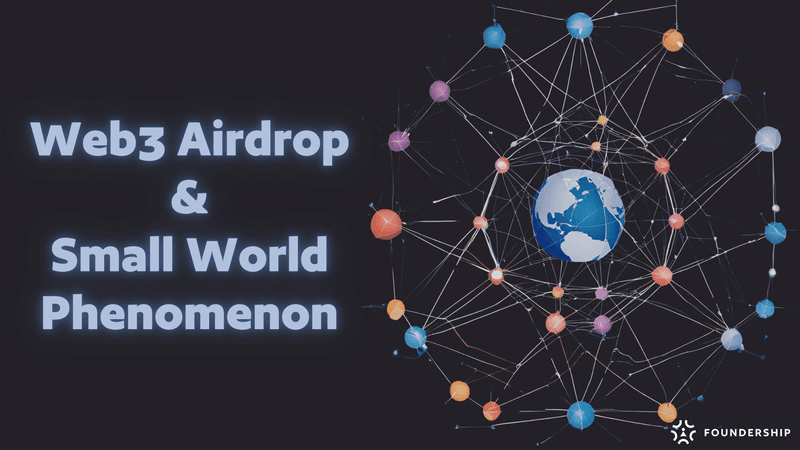What is SWOP?
Small World Phenomenon.

The intuitive notion that every person has some indirect connection to every other person through a small set of intermediaries is referred to as the small-world phenomenon.
SWOP is powerful as Information, trends, and ideas can spread rapidly through a population due to the short path lengths in social networks.
The phenomenon fosters a sense of global community and interconnectedness, encouraging collaboration and networking across different fields and geographies.
In fields like computational biology, physics, and sociology, understanding the small world phenomenon helps in modeling complex systems and solving problems related to network connectivity.
----------
That's a quick info about SWOP. Every good pattern has an anti-pattern.
SWOP has +ve and -ve side.
Open Source movements like Linux, Crowdfunding like Kickstarter, Social/Professional networks like LinkedIn/Facebook, platforms like YouTube, and many social experiments around music and travel were all born out of the side of SWOP (Small World Phenomenon).
SWOP also has huge downsides (-ve side), such as how the interconnectedness of social networks can lead to homogenization of ideas, reduced diversity of thought, and groupthink/closed groups.
For example, remember the ClubHouse product? ClubHouse went crazy viral, but it got stuck with a set of users, and content became homogenized with similar types of discussions and voices dominating the platform. Many users joined Clubhouse seeking short-term gains in social clout or network building.
Many products like Google Wave, Groupon, Foursquare, etc, failed due to -ve SWOP.
Remember the crazy Groupon concept? It attracted deal-seekers and not loyal customers. Give me a discount, and I am off from here type of customer!
FourSquare had a super takeoff with badges and "mayor" of the location gamification model, but users quickly realized there is no long-term value beyond gamification.
📌 Not just products but many engagement and growth frameworks (e.g., Referral programs, viral growth campaigns, and gamification models) also fail due to -ve SWOP.
SWOP can bring millions of users and kill instant hits too!
There are many such products; I want to highlight a few examples here.
----------
Now, let's look into the Airdrop thingy & SWOP.
Early Airdrop success leveraged the benefit to small-knit community supporters and believers (SWOP +ve), who were long-term token holders and genuinely supported the project.
💜 Airdrops started as a powerful way to distribute tokens, reward early users, and create a community of aligned stakeholders. Many successful projects have been built with Airdrops to their genuine user base.
These days, Airdrops are gamed with point systems that focus on current and upcoming capital raises. The target is to attract more retail traders! That's -ve SWOP!
-ve SWOP because:
- What do users who come for Airdrop need? Make free money
- Move on from one project to the next one…
- To make more free money
- This eco-chamber set of airdrop seekers shares a similar background of short-term gain and cross-leverage to attack airdrops for their benefits.
- Genuine long-term users are overpowered by the short-term retail trader eco-chamber.
- There is no feedback or engagement for the projects.
- The chatter is all about the next airdrop and how much gain they would have from this project airdrop.
- Do you think if there are bunch of developers in those chatter, will they love what they hear? Not at all.
Many projects may face resistance to changing the Airdrop due to the community's expectations and the established norms within the small world network.
✅ But the time is to fix Airdrop. Think +ve SWOP and implement +ve SWOP.
Do you have a thought to share? Feel free to comment.
—
Are you building an impactful Web3 Project in DeFi, SocialFi, Infra, Gaming, DePIN, and more?
We at Foundership - Web3 Accelerator VC enable Founders to build impactful Web3 projects and startups. Find more info about our upcoming programs with many L1/L2 chains and funding at www.foundershiphq.com


